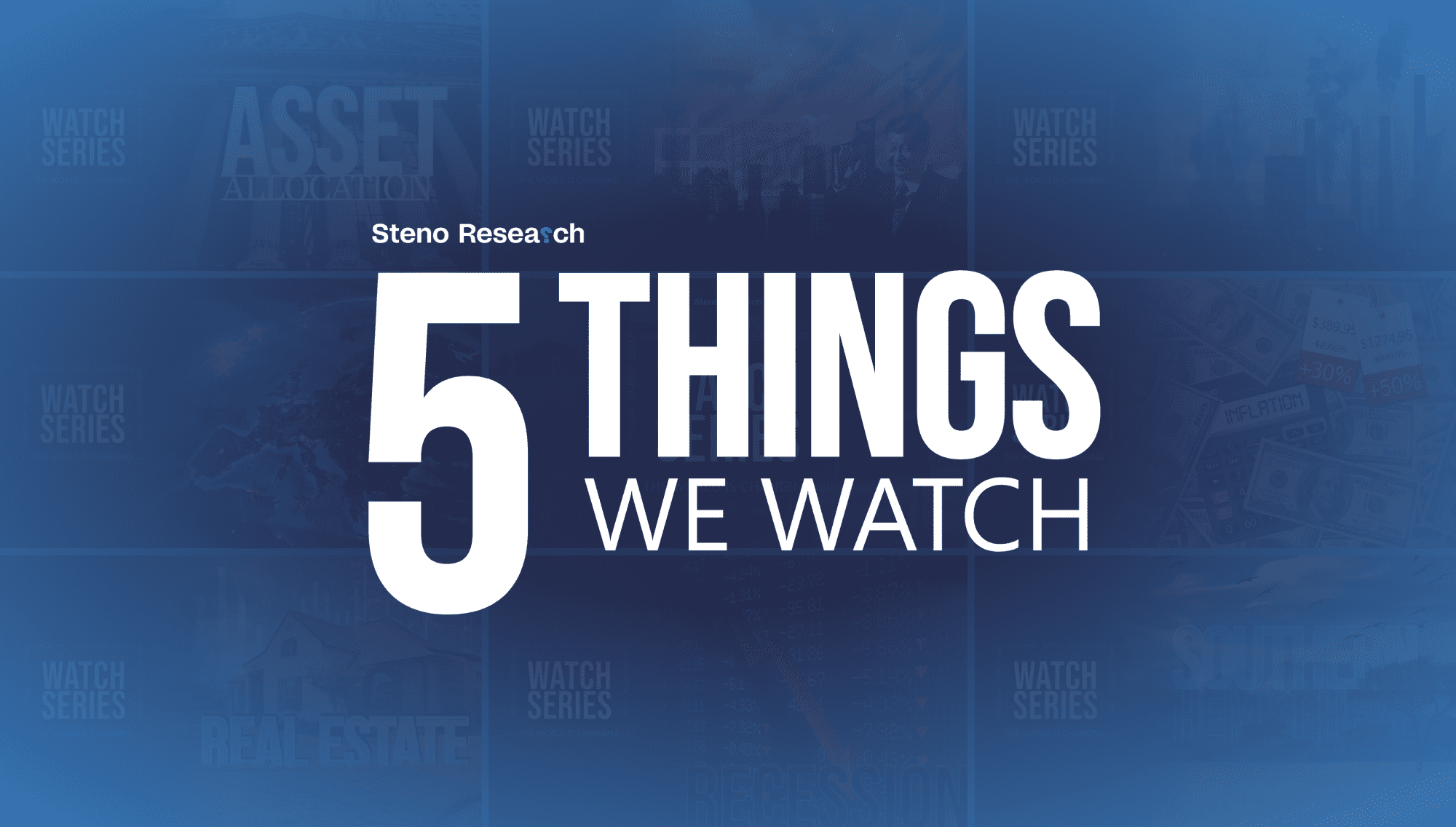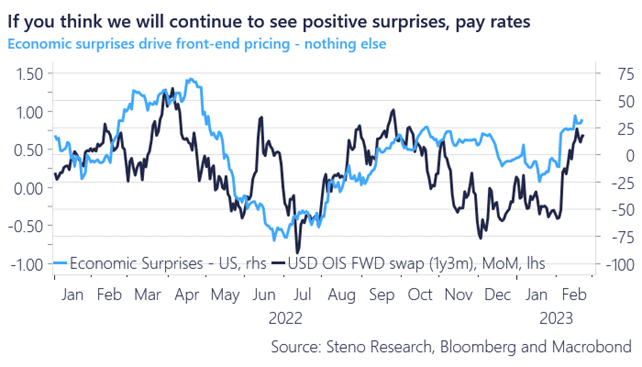5 things we watch: Higher(er) for longer(er), the consumer, core price pressures, energy prices and cyclicals

Happy Wednesday and welcome to this week’s edition of the ‘5 things we watch’ series. Everything in global macro has “higher for longer” tattooed to it currently, but if this really is a decent cyclical rebound, it is something to cheer about, not the opposite. We will try to uncover why in this edition of our macro watch series.
This week we’ll try to uncover the following 5 pressing questions captivating the macro crowd:
- Higher(er) for longer(er) – Is it even a feasible scenario?
- The consumer is back (Stay long consumption equities)
- Core price pressures (Pay front-end in EUR and SEK still – z3z4 flatteners will work eventually)
- Energy prices (Nat gas is now unprofitable in the US – stay underweight energy)
- Cyclical tailwinds. Is manufacturing going to rebound? (Stay long US cyclicals)
Higher(er) for longer(er) – Is it even a feasible scenario?
Every single key figure is currently interpreted as “higher for longer” by markets. Positive economic data surprises always lead to a hawkish repricing of the front-end of the curve and it is currently THE main driver of the repricing. We don’t have any compelling forward looking evidence of a re-acceleration of inflation pressures, why we see this is a mostly a growth re-pricing rather than a price-pressure repricing.
You can easily continue to pay front-end rates in USD, EUR and other high beta rates (SEK a good example), if you find a good case for a continued positive surprise to economic data. We find a better risk/reward in such a view in EUR or SEK than in USD (and rather lean slightly dovish on USD rates due to a continued slide in inflation).
Chart 1. If the economy surprises to the upside, rates follow

If this truly is a rebound in activity with consumption back in the service sector, then there is no reason to sell equities. This is the big schism currently. Why sell both fixed income and equities if the economy is doing better? Current market trends are not sustainable. Something will HAVE to give.


0 Comments